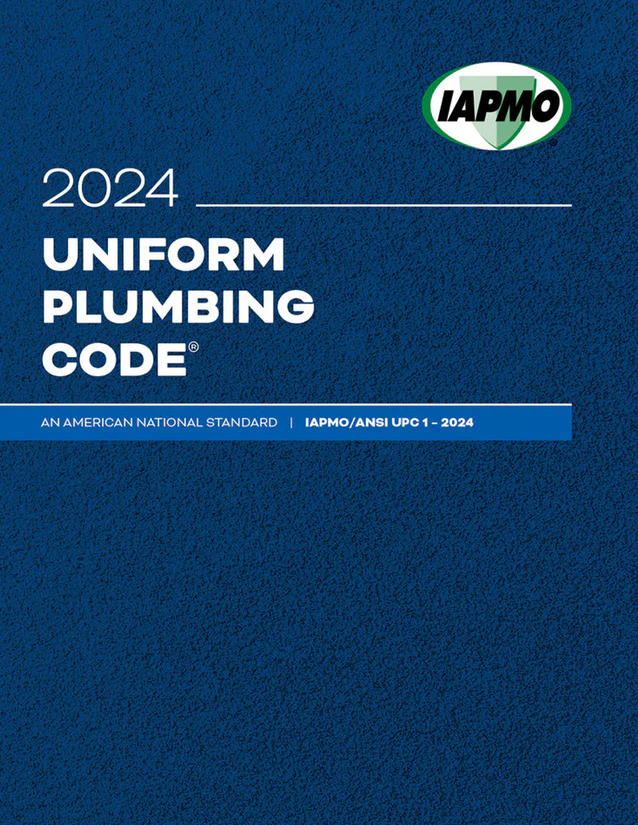Construction Contracts Climb 4%
At an annual rate of $456.5 billion, the value of new construction contracts rose 4 percent in September, reversing two months of decline. The gain, according to McGraw-Hill, was the result of strength for nonresidential building and nonbuilding construction, outweighing a retreat for housing.
The September data lifted the Dodge Index to 181, up from a revised 175 for August. For all of 1999, the Dodge Index averaged 177, and activity during July and August had fallen below this mark.
Residential building provided the upward push for the start of the year, but then lost momentum by spring. Slack was picked up for public works, in combination with improvement for both the commercial and institutional building sectors.
- Nonresidential building in September jumped 14 percent to $163.8 billion. Commercial structure types showed growth, including stores, up 11 percent; offices, up 16 percent; and warehouses, up 37 percent. Hotel construction surged 73 percent.
- Nonbuilding Construction, at $94.7 billion, climbed 7 percent in September. Sewer construction increased 36 percent, while water supply systems advanced 22 percent. Highway and bridge construction slipped back 3 percent.
-
Residential building in September slipped 5 percent to $198.0 billion. Single-family housing dropped 6 percent, while multifamily housing posted a 3 percent gain. After reaching a near term peak of 8.5 percent in May, the 30-year fixed mortgage rate has since retreated to an average of 7.9 percent in September and 7.8 percent in October.
By region, residential building showed this pattern: the South Atlantic, down 2 percent; the South Central, down 3 percent; the West, down 5 percent; the Northeast, down 6 percent; and the Midwest, down 10 percent.
Looking for a reprint of this article?
From high-res PDFs to custom plaques, order your copy today!





